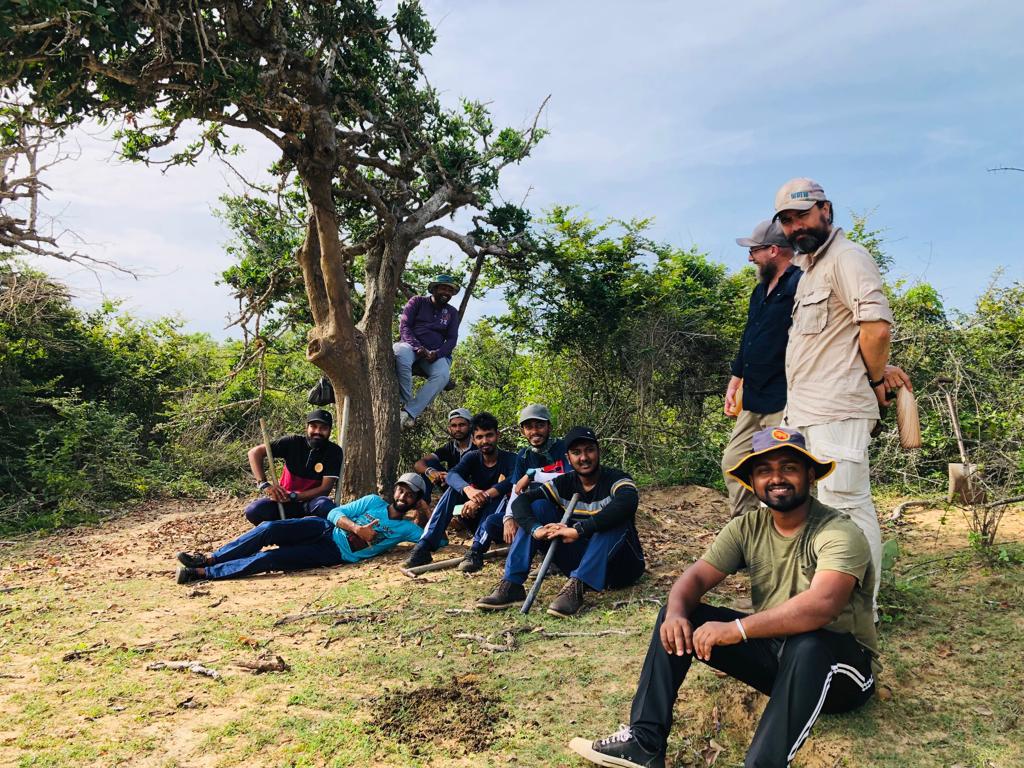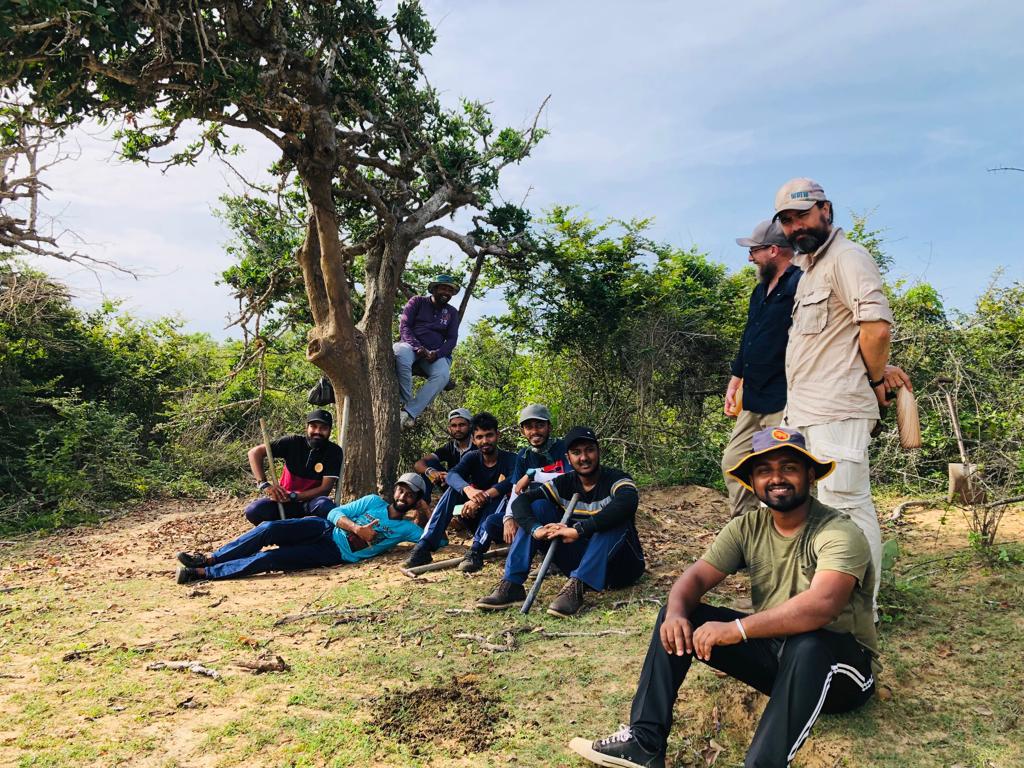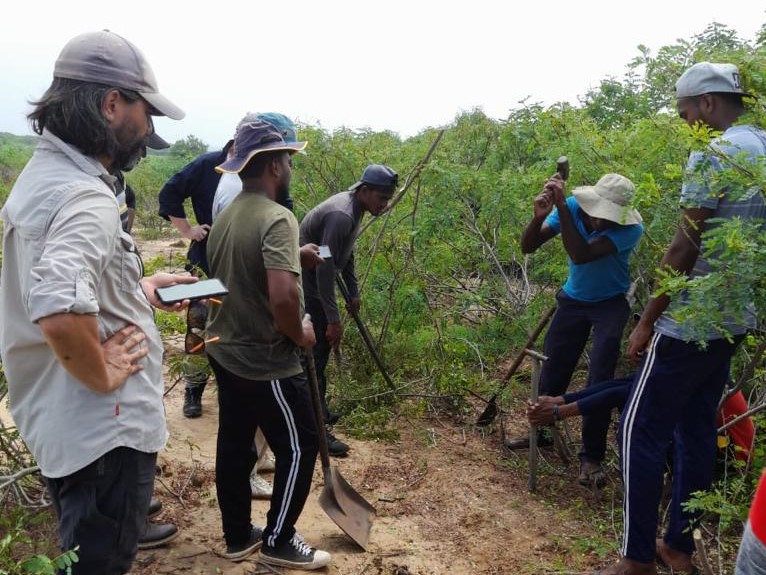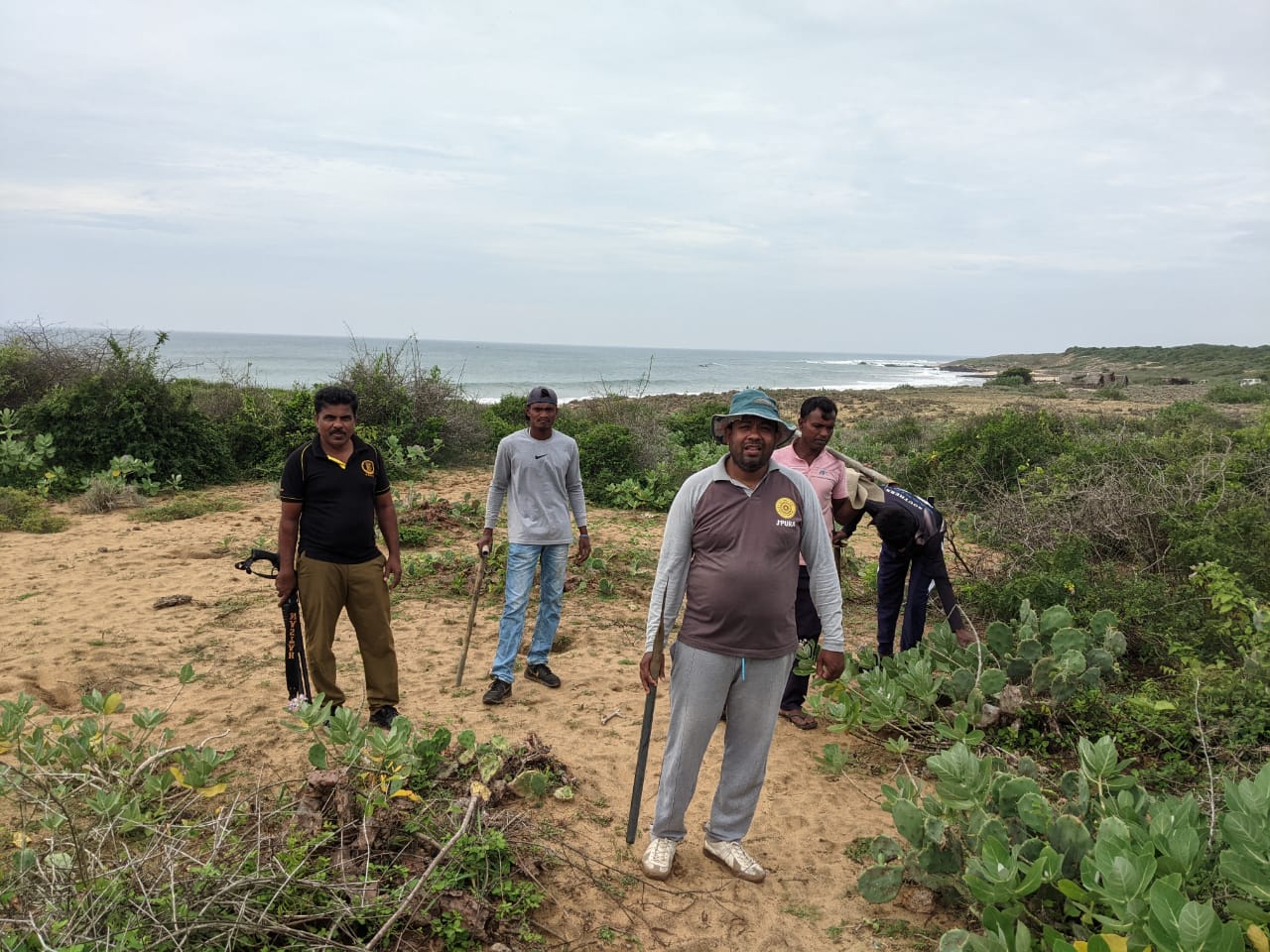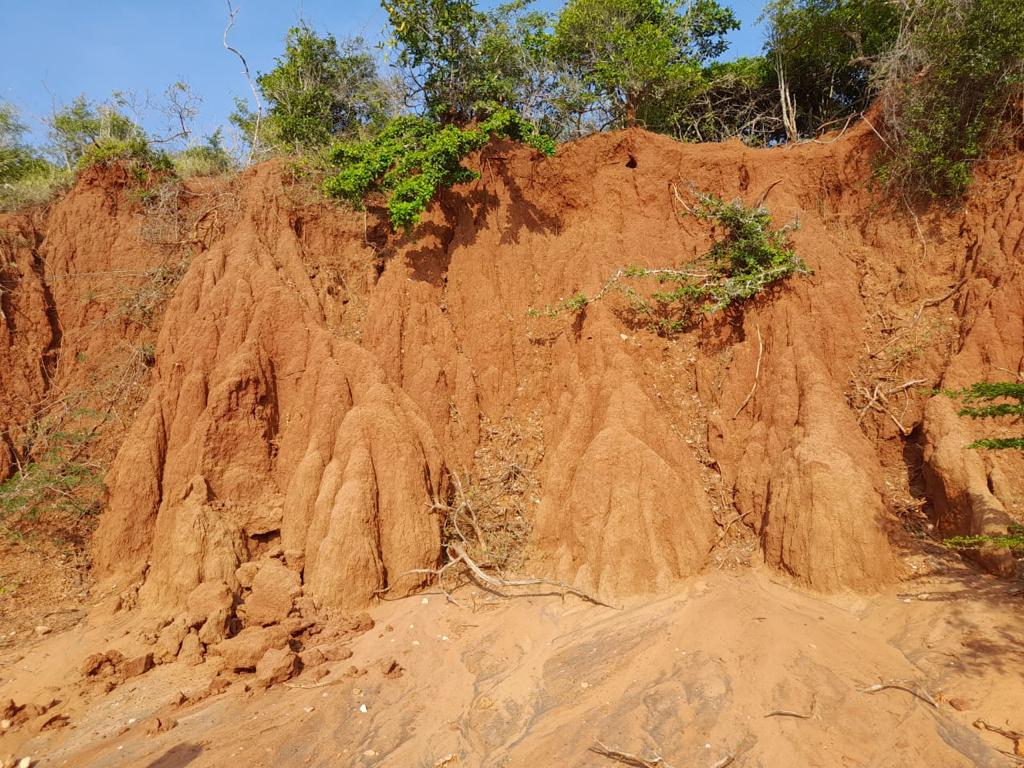The prehistoric context of the southern coast of Sri Lanka was first explored during the colonial period and it was revisited by Dr. Siran Deraniyagala in the 1970s’. His research excavation at ‘Bundala-Pathirajawela’ indicated that the site dated to nearly 125,000BP (Middle-Paleolithic period).
In 2019, under the directorship of Dr. Deraniyagala, Sen. Lect. (Dr.) Oshan Wedage of the Department of History and Archaeology further excavated this site. During his excavation he was able to systematically record and recover a shell bed, which had been deposited as the layer no. 3. Accordingly, Assoc. Prof. Patrick Faulkner, a renowned Archaeo-malacologist from the University of Sydney, Australia, was invited to analyze the discovered shells. During his multiple visits to Sri Lanka since 2019, numerous interesting observations and information could be revealed through analysis.
However, it is an ongoing debate among Sri Lankan scholars whether these shell beds on the south coast are natural or cultural deposits. Therefore, in order to address this ongoing debate, the research team looked to find another research location to conduct a comparative study with the Pathirajawela shell beds. Based on this requirement, Sen. Lect. (Dr.) Oshan Wedage and Assoc. Prof. Patrick Faulkner (the recipient of an Australian Research Council Fellowship Grant) conducted an archaeological exploration session within the Bundala National Park to locate suitable deposits for an upcoming field excavation session.
Accordingly, this archaeological exploration was held from 16th of January – 4th of February 2023, in collaboration with the University of Sydney, the University of Sri Jayewardenepura, the Department of Archaeology of Sri Lanka and the Department of Wildlife Conservation of Sri Lanka. During the exploration, the research team was able to find several locations with potential undisturbed shell beds. This has enabled the research team to plan for an upcoming field excavation session during the last quadrant of this year. Furthermore, this research exploration provided an opportunity for 3rd and 4th-year Archaeology undergraduate students to acquire practical experience of an archaeological exploration with foreign exposure. Funding for this entire project is provided by the Australian Research Council and the University of Sydney.

